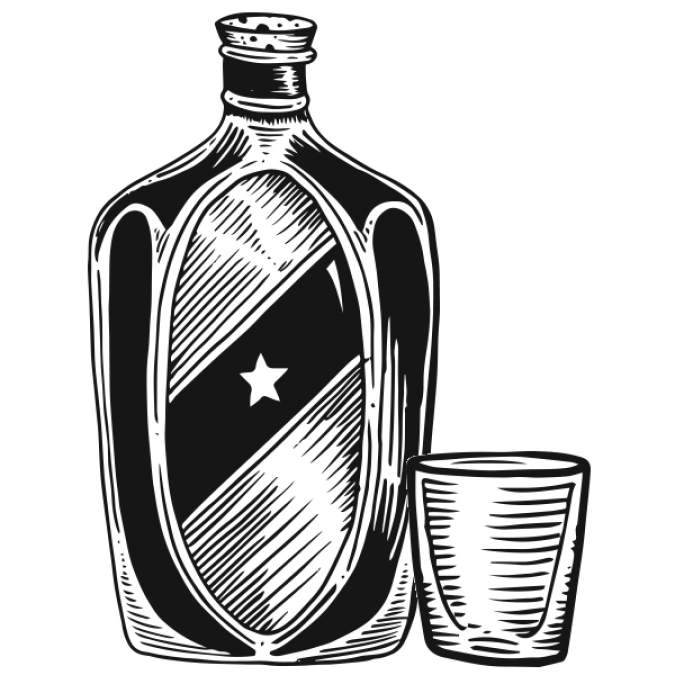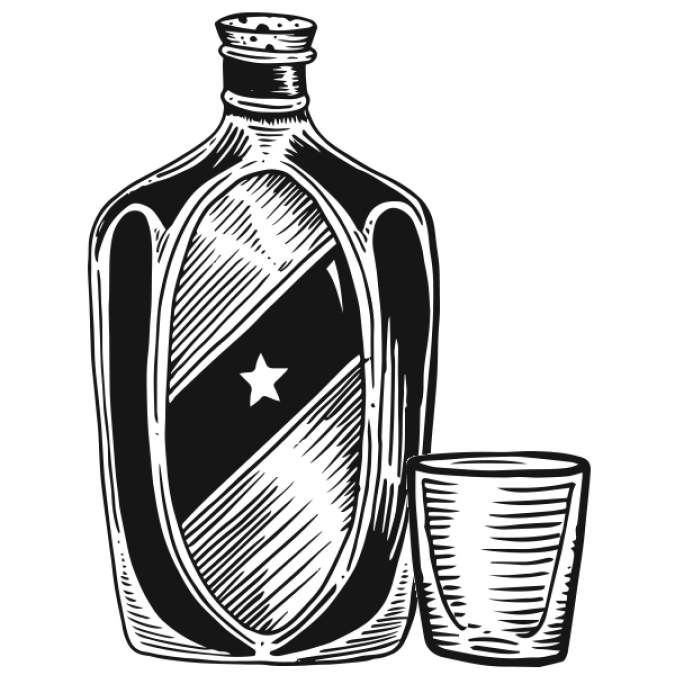The first warning sign might have been when Jamie Boudreau stained the bar at Canon with two cases of Angostura bitters when it opened.
What until then had been merely an interesting side note to the cocktail boom was instead becoming a key story: the fetishization of bitters. While it can be thrilling to see the wide range of brands and flavors now available, bitters have moved from subtle supporting actor to brash leading lady, and I’m not sure that’s a good thing.
I miss the days when a dash of bitters went a long way. They added a necessary bite to a Manhattan, rounded out a Sazerac, or helped downplay the sweetness in an Old Fashioned. Yet as the range of bitters available has gone from just a few basics to a dizzying array, fewer and fewer bartenders seem to know what to actually do with them.
Bitters have two purposes in a drink. The first is implied by the name: to be bitter. Many cocktail ingredients are sugar-based or have at least some sweetness: fruit juices, liqueurs, or straight-up sugar. As such, keeping a drink balanced is one of the keys to quality bartending. Bitters are uniquely suited for this role because they’re so concentrated; they can do the trick without adding much to the total volume of the drink.
The thing is, many bartenders have an overly lavish hand. Sure, a too-sweet drink is no fun, but a too-bitter one is even less palatable. All it takes is one or two extra dashes and a drink can be spoiled, yet I see bartenders haphazardly splashing bitters around. Even those meticulous with measurements can let their guard down when it comes to bitters. I’ve been served several drinks at bars like Zig Zag and Rob Roy that would have been great except that “two dashes” turned into three or four.
Complicating matters even further is the explosion of flavors and brands available in Seattle these days. When Miles Thomas first started making bitters under the “Scrappy’s” label almost a decade ago, most bars didn’t have much beyond Angostura, Peychaud’s, and possibly orange bitters. Now it’s not uncommon to see 40 or 50 bottles behind a bar, and while a skilled bartender might be able to put all those flavors to good use, too often they’re thrown into a drink without much thought. After all, can you really tell the difference between allspice and cardamom bitters when they’re added to a drink?
More choices always seems like a good thing: I’d rather be able to choose from 10 gins than from two. Unfortunately, having all those bitters just tempts some bartenders into overindulging, turning what should be an enjoyable experience into, well, a bitter one.
thebarcode@seattleweekly.com







